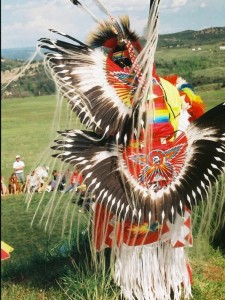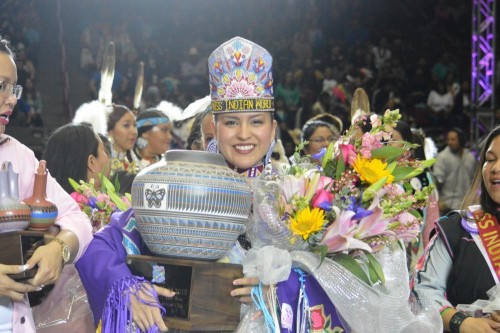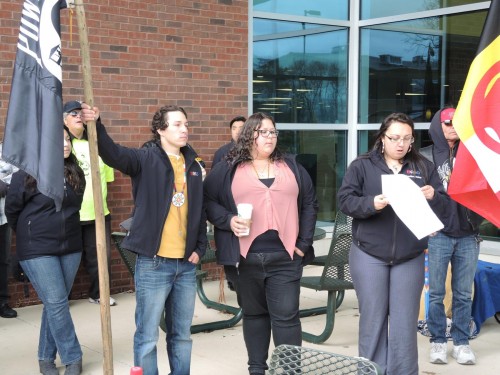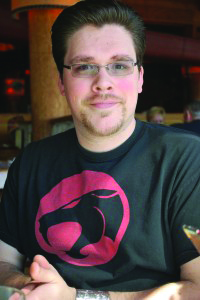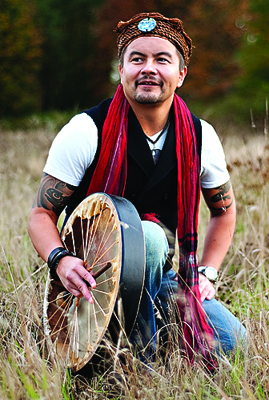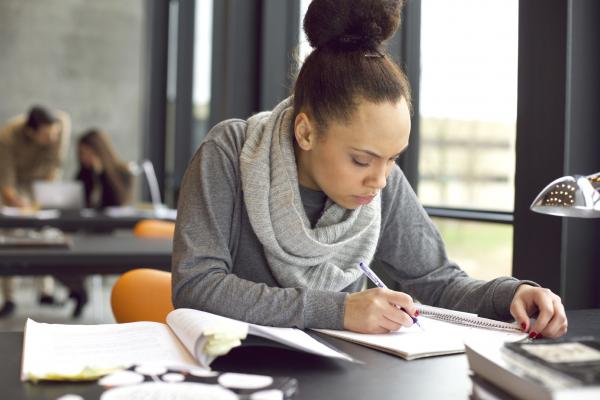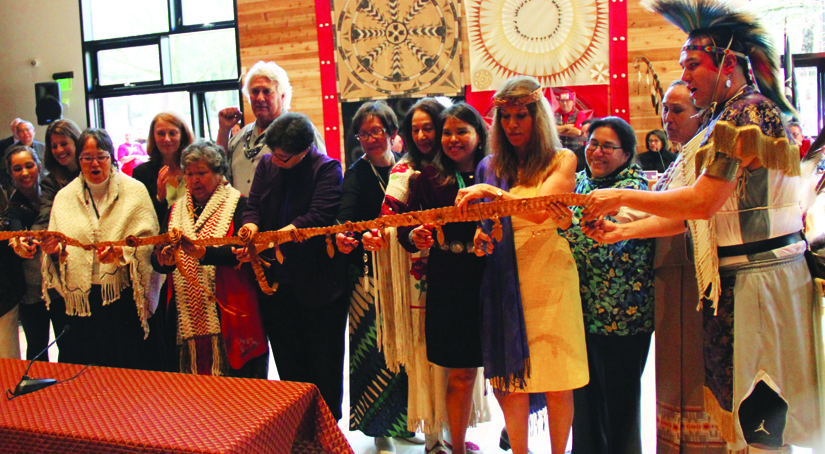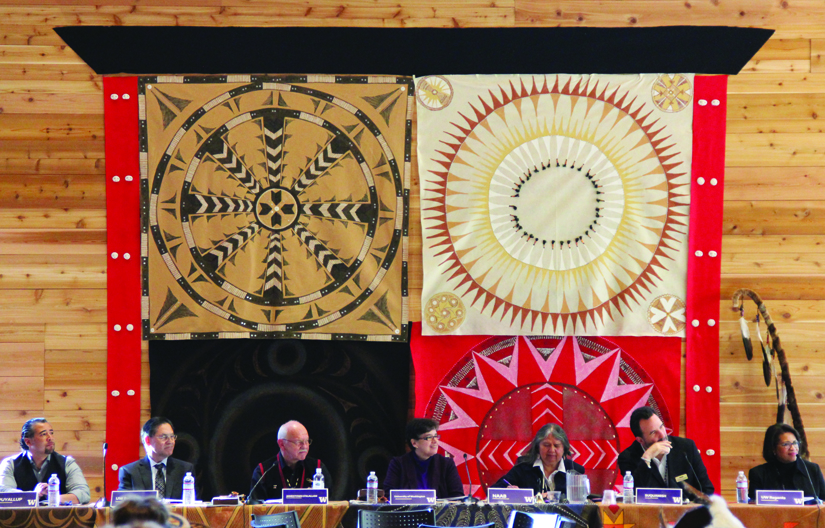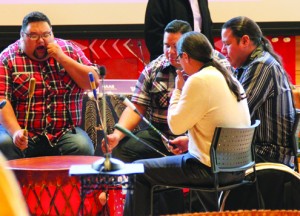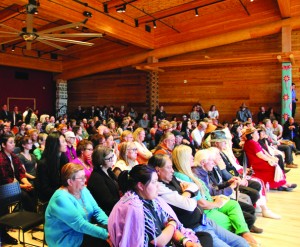By David Warren, The Associated Press
A long-lost silent film admired by historians as a rare visual account of Native American customs is being released after a private detective in North Carolina stumbled across a damaged copy.
“The Daughter of Dawn” — first screened in Los Angeles in 1920 — features a large cast of Comanche and Kiowa people and shows scenes of buffalo hunting and ceremonial dances obscured by time. The copy, discovered more than a decade ago, has been restored and was screened in Texas this week, ahead of its commercial release later this year.
“We were just so stunned that it existed,” said Jeff Moore, a project director for the Oklahoma Historical Society, which purchased reels of the film from the detective in 2007.
The delicate restoration work took years, and an orchestral score was completed in 2012. A year later the Library of Congress added the movie to its National Film Registry, describing the work as “a fascinating example of the daringly unexpected topics and scope showcased by the best regional, independent filmmaking during the silent era. …”
The same year the movie was first screened, it survived a fire that destroyed the Dallas warehouse where the small Texas Film Co., which produced “The Daughter of Dawn, stored most of its work.
Somehow, a copy ended up in the care of a North Carolina resident, who offered five nitrate celluloid reels to the private detective as payment in an unrelated matter, Milestone Film owner Dennis Doros said.
The detective then sold the reels of the movie — shot in the Wichita Mountains in southwestern Oklahoma — to the Oklahoma Historical Society for more than $5,000 before Milestone was recruited as the distributor. The historical society retains ownership of the original nitrate film, which is being stored at the Pickford Center for Motion Picture Study in Los Angeles.
“It’s a really compelling story for film restoration,” Doros said. “There’s still hope for lost films. How many times do you get to premiere a film 95 years after its production?”
An initial screening of the 87-minute, black-and-white film was held this week at an Amarillo library.
“The village scenes, the hunting scenes all look very accurate,” Michael Grauer with the Panhandle-Plains Historical Museum told the Amarillo Globe-News. “It’s a little bit Hollywood-ed up. … But the fact that they used native actors was groundbreaking, really quite astonishing.”
Two of the approximately 300 Comanche and Kiowa people in the film, which portrays a fictional love story that also serves as a record of Native-American traditions, are children of legendary Comanche chief Quanah Parker, whose exploits were widely recounted on the frontier.
Author S.C. Gwynne, whose book “Empire of the Summer Moon” accounted the rise and fall of the Comanche, said during his research he came across only one film germane to the tribe, a two-reeler western from 1911 called “The Bank Robbery” in which Parker had a role.
“I would think that a film featuring only Native Americans would possibly be unique,” he said. “Who at that time only made a film featuring Native Americans? That, to me, is something of great rarity.”
Moore said the Oklahoma Historical Society had known about the film because years ago it had obtained the works of a photographer who was on the movie set, but it was thought the film was lost.
“This is so visually interesting and it is very much an Oklahoma story because you have two of the premier tribes in the state, and then you have the horse culture,” he said. “It’s so indicative of the southern plains.”
Bryan Vizzini, an associate professor of history at West Texas A&M University, said “The Daughter of Dawn” was a striking departure from the racial stereotypes found in films from that time, such as D.W. Griffith’s “The Birth of a Nation.”
“And here’s this small independent film company that gets it right,” Vizzini said. “It’s a very un-Hollywood kind of experience.”
The film will be released on DVD and Blue-ray, and made available through online outlets.


